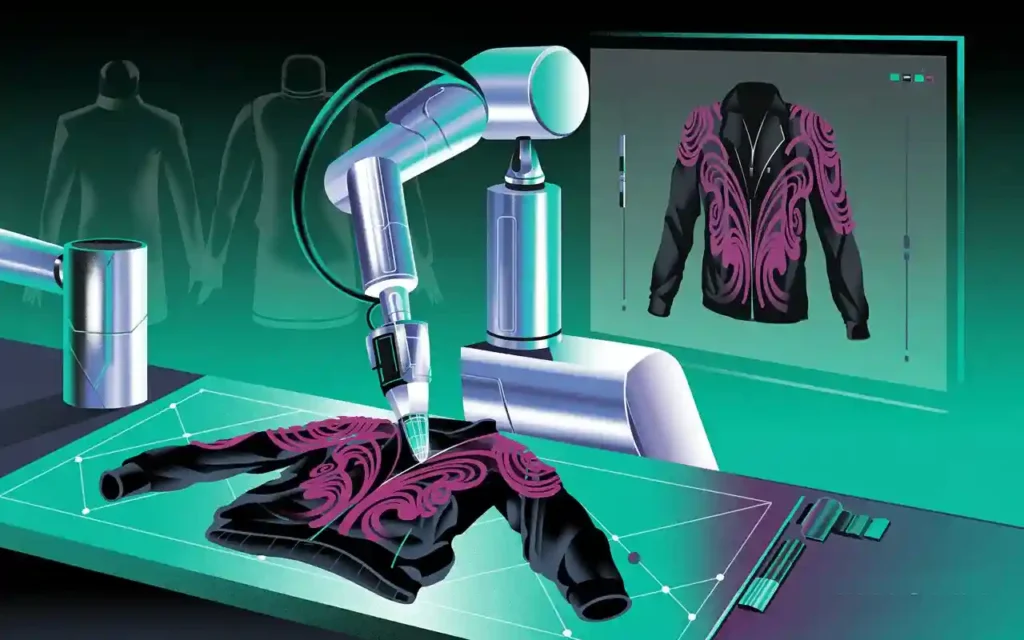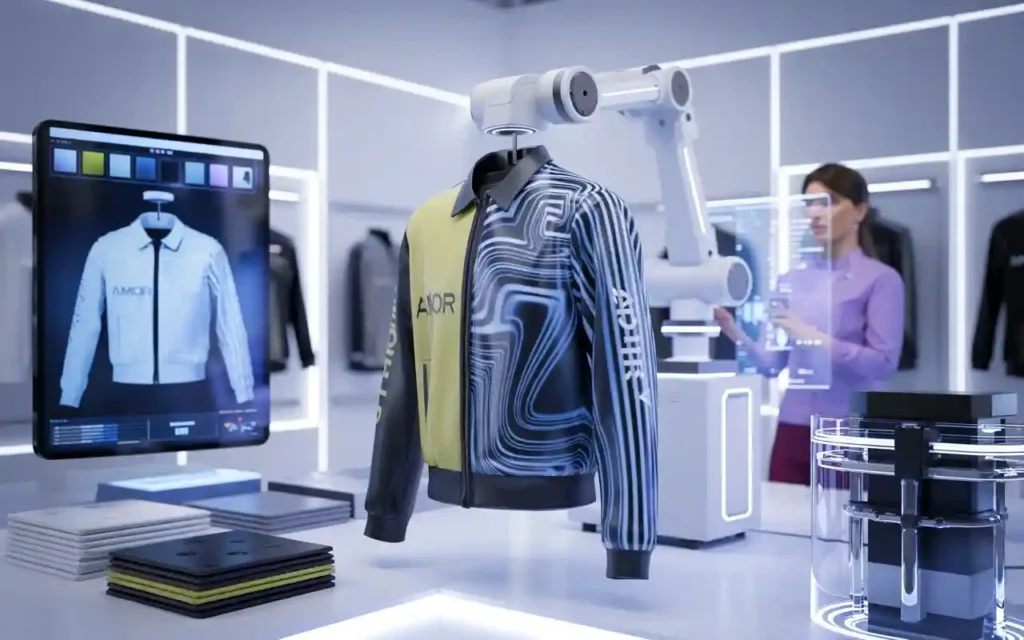AI is reshaping the print-on-demand (POD) industry by making design creation faster, more efficient, and accessible to everyone. Whether you’re a seasoned designer or a newcomer with no artistic background, AI-powered tools can help generate unique artwork, automate workflows, and enhance product presentations. By leveraging artificial intelligence, sellers can break through creative blocks, stay ahead of trends, and optimize their stores for higher conversions.
Using AI for design inspiration, generating high-quality visuals, and streamlining workflows are just a few ways to level up your POD business. We’ll explore the best AI tools and strategies to help you create eye-catching, high-converting designs with ease.
Ready to let AI handle the creative heavy lifting? Let’s get started!
Speed and Efficiency in Design Creation
One of the biggest advantages AI brings to POD is the ability to generate designs quickly and efficiently. Traditional design processes can take hours, but AI-powered tools like Midjourney, DALL·E, and Deep Dream can create professional-quality visuals in seconds. AI-driven typography tools and color palette generators help refine designs, ensuring they appeal to target audiences. This allows sellers to focus on business growth rather than spending excessive time on the design phase.
AI-Powered Mockups and Business Automation
AI goes beyond design and enhances overall business operations. Automated mockup generators eliminate the need for costly product photography, producing high-quality previews that showcase designs on different products. AI-powered analytics track emerging trends, ensuring that sellers stay aligned with market demand. Additionally, AI-driven personalization features allow customers to customize designs, increasing engagement and boosting sales.

Smarter Marketing with AI
Marketing is another area where AI plays a crucial role. AI-driven content generators craft compelling product descriptions, blog posts, and social media captions, maintaining a consistent brand voice while saving time. Advertising platforms like Google Ads and Meta Ads use AI to optimize targeting, retarget potential customers, and improve ad performance. By automating these processes, sellers can reach their audience more effectively with minimal effort.
Seamless Integration with POD Platforms
Integrating AI into a POD business is now easier than ever. Platforms like Printify enable sellers to upload AI-generated designs, apply them to customizable products, and sync with eCommerce platforms like Shopify and Etsy. AI-driven automation handles order processing, inventory management, and fulfillment, making it easier to scale a business efficiently.
AI Enhances Creativity—It Doesn’t Replace It
While AI is revolutionizing the POD industry, it doesn’t replace human creativity—it enhances it. AI serves as a powerful tool that streamlines workflows, boosts efficiency, and inspires innovation. By combining AI capabilities with personal branding and unique design perspectives, sellers can build a successful POD business that stands out in a competitive market. Whether launching a new store or optimizing an existing one, embracing AI in your print-on-demand journey can lead to significant growth and success.

6. Pet Products and Accessories
Customizable Pet Apparel
Pet owners love dressing up their furry friends. Creating breed-specific clothing or personalized pet hoodies can be a winning idea.
Unique Pet Accessories
Custom-printed pet beds, feeding mats, and engraved pet tags are excellent additions to a pet-focused POD business.
Engaging Pet Owners Through Personalization
Offering products that allow pet owners to customize items with their pet’s name, picture, or a funny quote fosters emotional attachment and brand loyalty.
7. Unique Gifts for Special Occasions
Tailored Gifts for Celebrations
Personalized gifts for weddings, birthdays, and anniversaries make meaningful presents. Custom mugs, engraved jewelry, and bespoke artwork are popular options.
Integrating Technology with Traditional Gifts
Innovative features like custom QR codes linking to video messages, digital gift cards, or augmented reality-enhanced greeting cards can make traditional gifts more interactive.
Subscription Boxes
Offering themed print on demand subscription boxes filled with personalized gifts each month creates an element of surprise and recurring revenue.

8. Educational Products for Kids
Interactive Learning Materials
Personalized learning books, educational posters, and flashcards can make learning fun for kids. Tailoring these materials to individual names or interests adds a personal touch.
Customizable Crafts and Activities
DIY kits, sticker books, and coloring books with custom illustrations can engage children and promote creativity.
Building an Educational Community
Connecting with parents, teachers, and homeschooling groups for feedback and collaboration can help refine product offerings and expand your market.
9. Limited Edition Art Prints
Collaborating with Local Artists
Print on demand provides artists with a platform to showcase their work. Limited-edition prints can create exclusivity and increase demand.
Creating Thematic Series
Curating collections around specific themes, such as nature, abstract art, or cultural heritage, can attract art enthusiasts looking for unique pieces.
Exploring Different Print Techniques
Using various printing methods such as textured printing, metallic foils, or canvas prints can add uniqueness to your art offerings.
10. Conclusion and Future Outlook
Summary of Key Ideas
The print on demand industry is evolving, and innovative ideas can help businesses stand out. From eco-friendly apparel and personalized home decor to fitness gear and pet products, there are numerous opportunities to explore.
Encouragement for Aspiring Entrepreneurs
Entrepreneurs willing to embrace creativity, technology, and niche targeting have the potential to build successful POD businesses in 2025. Standing out requires constant innovation and customer engagement.
Anticipating Future Trends
Looking ahead, AI-powered design tools, augmented reality previews, and advancements in sustainable manufacturing will shape the future of print on demand. Staying ahead of these trends will be key to long-term success.
FAQs
What is the initial investment for a print on demand business?
Starting a POD business requires minimal investment since there’s no need for inventory. Costs typically include design tools, marketing, and platform fees.
How do I find suppliers for print on demand products?
Platforms like Printful, Printify, and Gooten offer POD services. Researching suppliers, checking product quality, and comparing pricing are essential steps.
What marketing strategies work best for print on demand businesses?
Effective strategies include social media marketing, influencer collaborations, niche targeting, SEO, and email campaigns. Running paid ads on platforms like Facebook and Instagram can also help drive traffic and sales.

